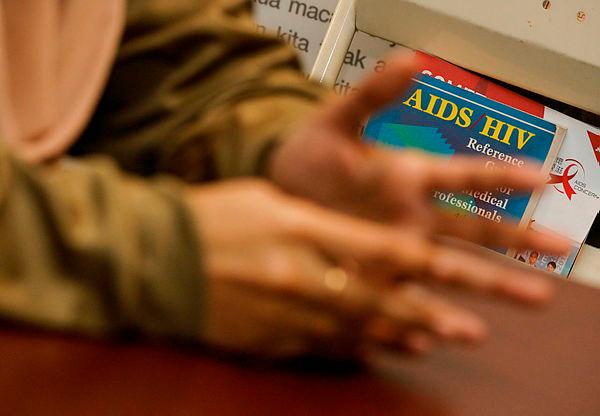HARARE (Zimbabwe): The majority of over nine million people living with HIV/AIDS worldwide, without access to treatment, were in Africa, says a senior official of UNAIDS, a specialised agency of the United Nations on Monday.
UNAIDS Executive Director Winnie Byanyima noted that most of these patients resided in marginalised communities, especially in Africa, where access to medical care was generally low.
She made these remarks at the biennial International Conference on AIDS and sexually transmitted infections (STIs) in Africa (ICASA), which opened in Harare on Monday, Zimbabwe’s New Ziana agency reported.
While treatment for HIV/AIDS has significantly improved the quality of lives for patients with easy access to drugs globally, Byanyima expressed concern that, 42 years after the discovery of AIDS, one life was being lost to the pandemic every minute worldwide.
“We have 30 million people on treatment, a great achievement. However, there are 9.2 million others living with HIV who are not on treatment. We have to find them and get them on treatment,“ she emphasised.
Byanyima pointed out that the majority of the 9.2 million people not on HIV/AIDS treatment were in marginalised communities in Africa with limited access to medical care and economic opportunities.
She highlighted that climate change, which has devastated agriculture-based livelihoods on the continent, has aggravated the problem.
“I always say that inequalities are driving HIV, and we must tackle them to end HIV,“ said Byanyima. She mentioned that new statistics on HIV infections indicated that most cases were among schoolgirls and young women, exacerbated by inequalities and vulnerability.
Byanyima attributed this to social norms, acceptance of male domination, violence, forced sexual relations, and the tolerance of such behaviors driving the infection rates among girls and young women. “This is a result of public policies that are not gender-equal, which do not create equality between boys and girls,“ she remarked.
Byanyima highlighted the weak public investments in the health of girls and women in Africa, leading to girls and young women dying during childbirth.
She also noted that gay men, trans-women, sex workers, and prison inmates were among those most exposed to HIV infections.
“What is common among them is that they suffer from some inequalities, discrimination, stigma, and criminalization, preventing them from accessing what they need. They don’t come forward for prevention; they don’t come forward for treatment; they die,“ said Byanyima.–Bernama-NewZiana









